In the heart of Mexico City, amidst the bustling energy of the historic center, stands a testament to the intersection of history, culture, and faith—the Mexico City Metropolitan Cathedral. Officially known as the Metropolitan Cathedral of the Assumption of the Most Blessed Virgin Mary into Heaven, this awe-inspiring structure embodies centuries of architectural evolution and societal transformation.
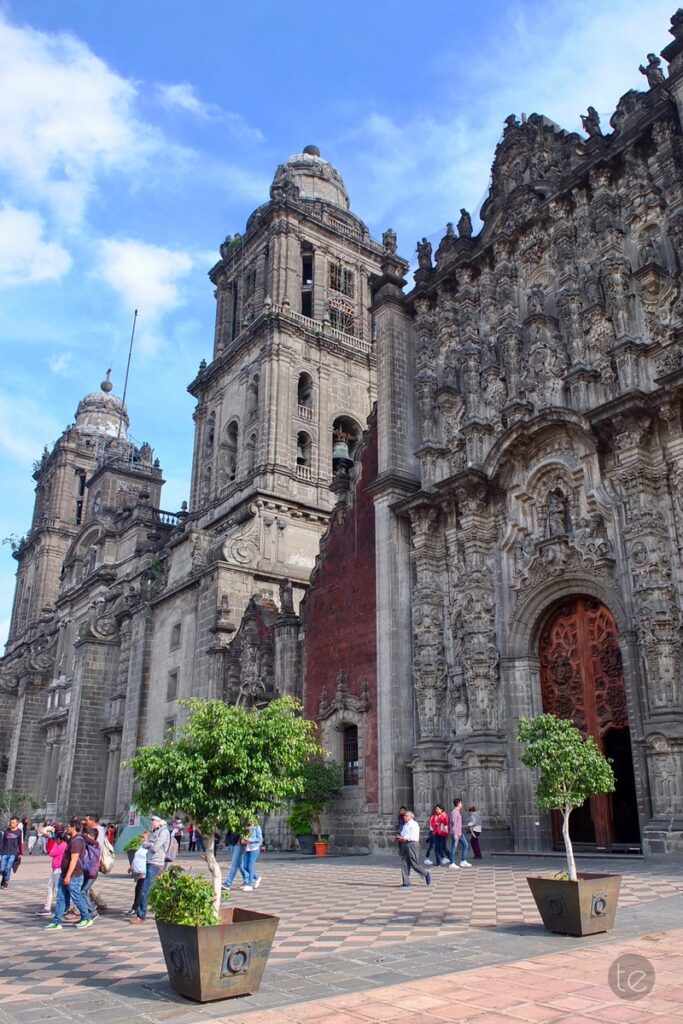
The story of the Metropolitan Cathedral begins in the aftermath of the Spanish conquest of the Aztec Empire. After Hernán Cortés’s return from exploration, the conquistadors sought to solidify Spanish dominance by erecting a church on the grounds of the former Aztec sacred precinct, the Templo Mayor of Tenochtitlan. Thus, the seeds of what would become one of Mexico’s most iconic landmarks were sown.
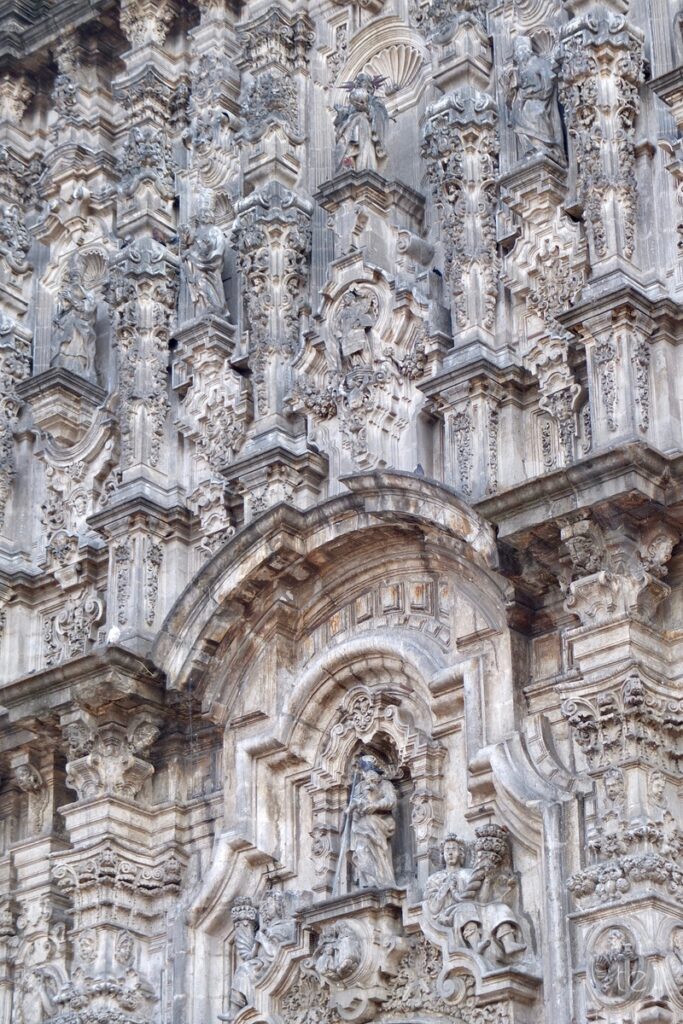
What makes the Mexico City Metropolitan Cathedral truly remarkable is its rich tapestry of architectural styles. Construction began in 1573 under the guidance of Spanish architect Claudio de Arciniega, drawing inspiration from Gothic cathedrals in Spain. However, the lengthy construction period, spanning nearly 250 years, allowed for the incorporation of diverse styles, including Baroque, Churrigueresque, and Neoclassical influences. As generations of architects and artisans contributed to its construction, the cathedral became a living canvas of Mexico’s architectural heritage.
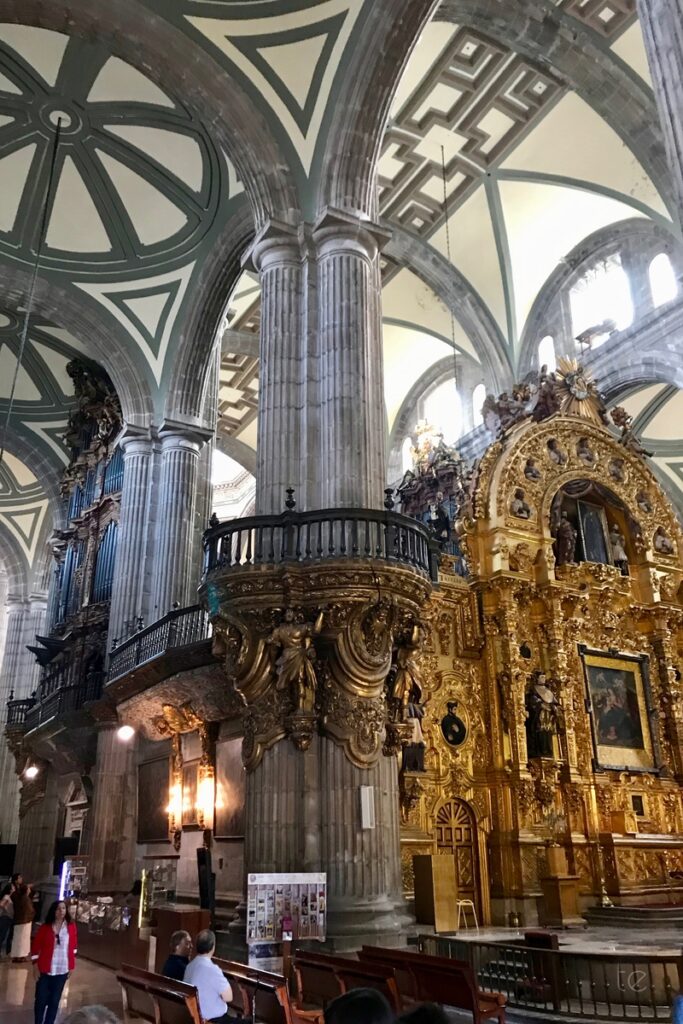
Beyond its architectural grandeur, the cathedral served as a symbol of social cohesion. Throughout its construction, individuals from various social classes and backgrounds came together, united by a shared vision. The cathedral’s completion became a testament to Mexico’s cultural identity and collective spirit.
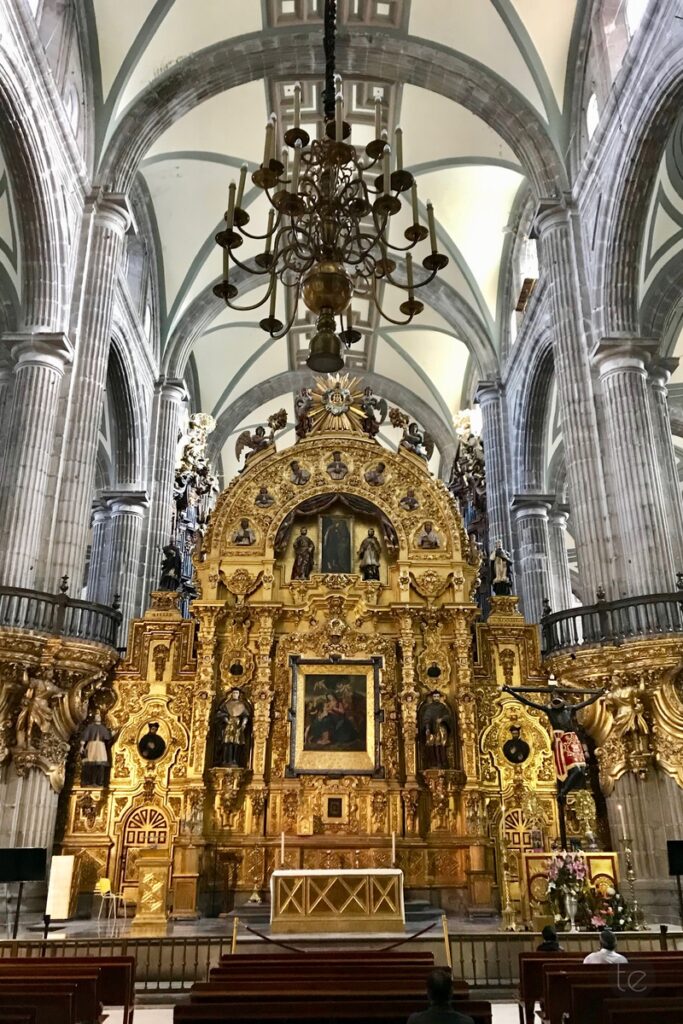
Over the centuries, the Mexico City Metropolitan Cathedral has borne witness to numerous pivotal moments in Mexican history. From the coronations of emperors to the conflicts between liberals and conservatives, the cathedral has stood as a silent sentinel amid the ebb and flow of societal change. Its walls echo with the whispers of past ceremonies, celebrations, and struggles, offering a tangible connection to Mexico’s storied past.
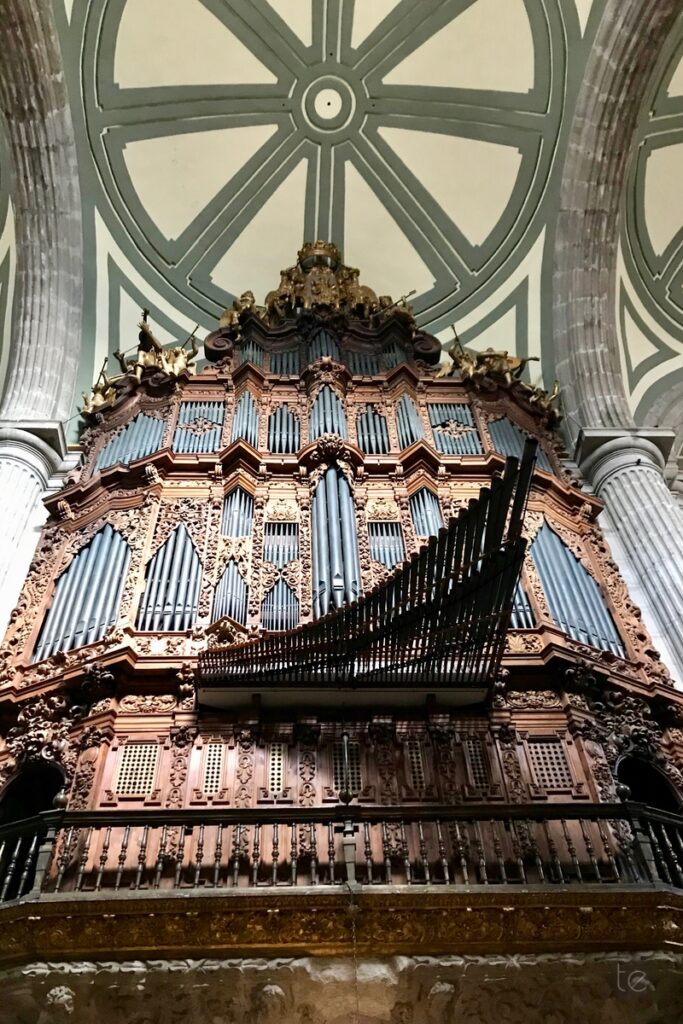
Despite the passage of time, the cathedral has faced its share of challenges. Damage from fire and structural instability threatened its survival. However, dedicated efforts toward preservation and restoration have ensured its continued existence. The cathedral stands today as a beacon of resilience, preserved for future generations to marvel at and cherish.
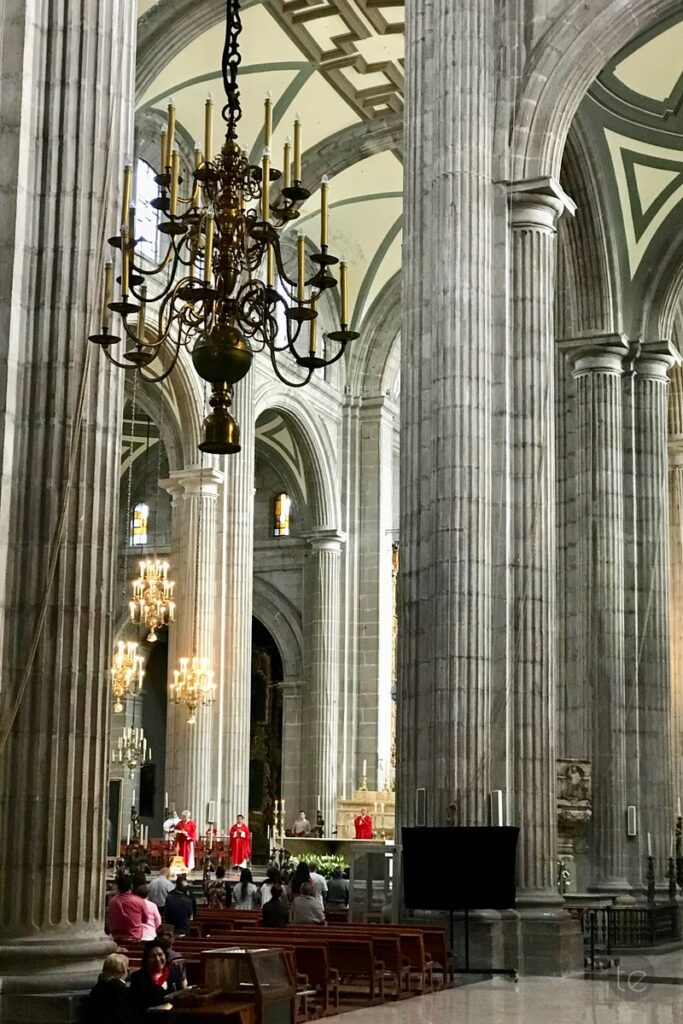
Today, the Mexico City Metropolitan Cathedral remains a vibrant hub of religious activity and cultural significance. Its majestic towers pierce the sky, a constant reminder of Mexico’s enduring faith and heritage. Visitors flock from far and wide to admire its beauty, explore its sacred halls, and immerse themselves in its rich history.
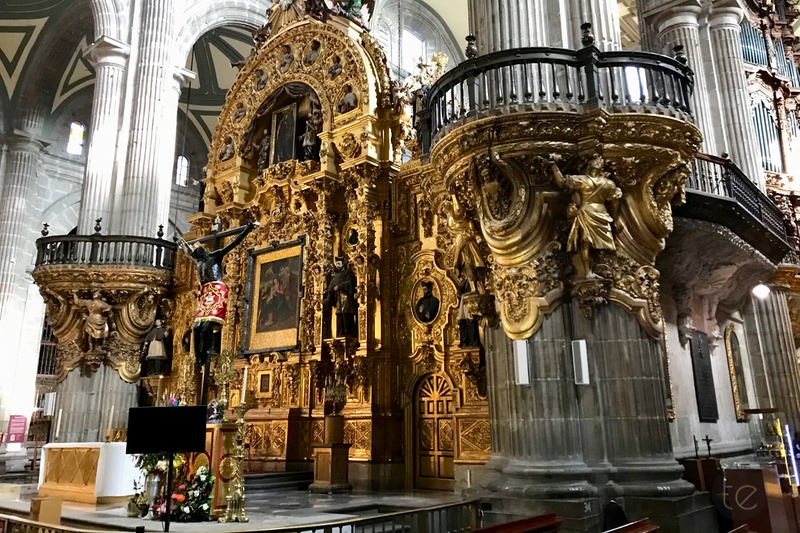
In the heart of Mexico City, amidst the hustle and bustle of modern life, the Metropolitan Cathedral stands as a timeless symbol of the nation’s past, present, and future. As we gaze upon its intricate façades and towering spires, we are reminded of the enduring power of faith, culture, and community—a legacy that continues to inspire and unite us all.
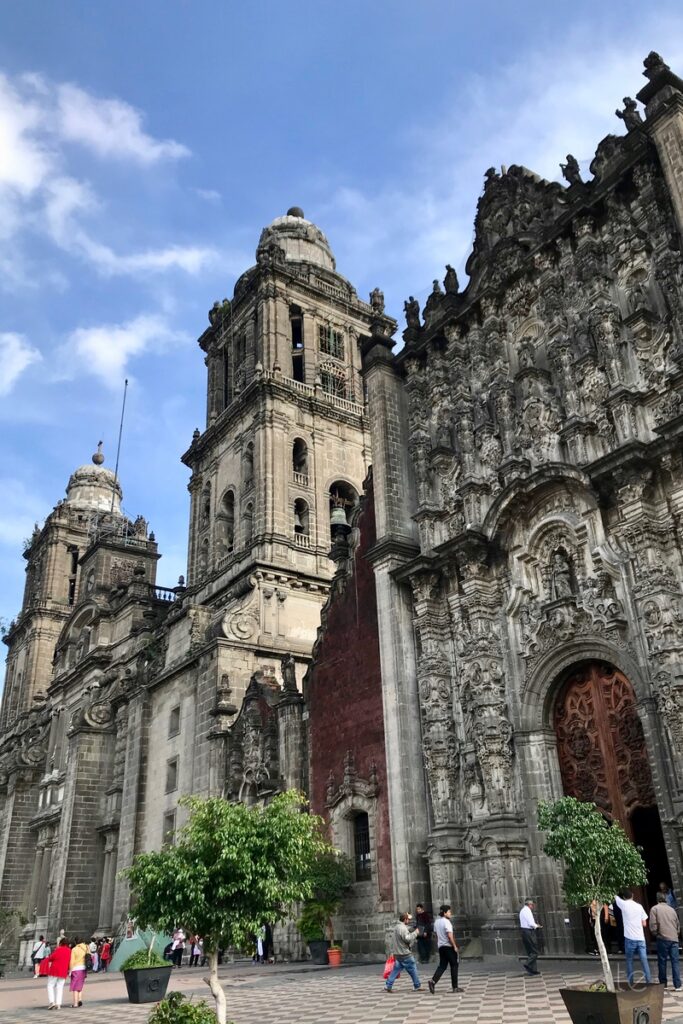
Thanks for visiting and reading. Consider subscribing to the Substack newsletter today to get the latest posts delivered directly to your mailbox. Please do not steal images from the website. All images are watermarked and copyrighted. Feel free to engage by leaving a comment below. Until next time.
Here are 10 lesser-known facts about Mexico City Metropolitan Cathedral:
- Built on Aztec Foundations: The cathedral was constructed atop the former Aztec sacred precinct, where the Templo Mayor once stood. Its foundations are intertwined with the remnants of the ancient Aztec capital of Tenochtitlan, symbolizing the fusion of indigenous and Spanish cultures.
- Multigenerational Construction: Construction of the cathedral spanned nearly 250 years, involving numerous architects, artisans, and labourers across generations. This prolonged construction period resulted in a blend of architectural styles, reflecting the evolving tastes and trends of different epochs.
- Incorporation of Indigenous Elements: Despite its European-inspired design, the cathedral incorporates indigenous elements, such as the use of local materials like chiluca stone and tezontle, showcasing a synthesis of Spanish and indigenous architectural traditions.
- Hidden Crypts and Passages: Beneath the cathedral lie hidden crypts containing the remains of former archbishops and other prominent figures. Additionally, there are rumoured to be secret passages and chambers beneath the structure, adding an air of mystery to its storied history.
- Home to Colonial Artifacts: The cathedral houses a wealth of colonial-era artifacts, including intricate altarpieces, religious paintings, and sculptures crafted by renowned artists of the period. These treasures offer insights into the artistic and religious practices of colonial Mexico.
- Connection to Mexican Independence: During the Mexican War of Independence, the cathedral witnessed significant events, including the burial of independence heroes such as Miguel Hidalgo y Costilla and José María Morelos. It served as a symbolic backdrop to the struggle for Mexican sovereignty.
- Cultural Symbolism in Architecture: The cathedral’s architecture is laden with cultural symbolism, from the intricate carvings adorning its façades to the placement of statues and reliefs depicting saints and biblical scenes. Each element reflects the religious and cultural milieu of colonial Mexico.
- Restoration Reveals Hidden Treasures: Following a devastating fire in 1967, extensive restoration efforts uncovered hidden treasures within the cathedral, including rare manuscripts, artworks, and architectural details that had been concealed for centuries, offering new insights into its history.
- World Monuments Fund Designation: Due to structural concerns stemming from the city’s soft clay soil, the cathedral was added to the World Monuments Fund list of the 100 Most Endangered Sites. However, diligent restoration work in the 1990s stabilized the structure, ensuring its preservation for future generations.
- Historical Events and Ceremonies: Throughout its history, the cathedral has been the site of numerous historic events and ceremonies, from royal coronations and religious processions to political conflicts and commemorations. Its sacred halls have borne witness to the unfolding saga of Mexico’s past, making it a living monument to the nation’s heritage.
